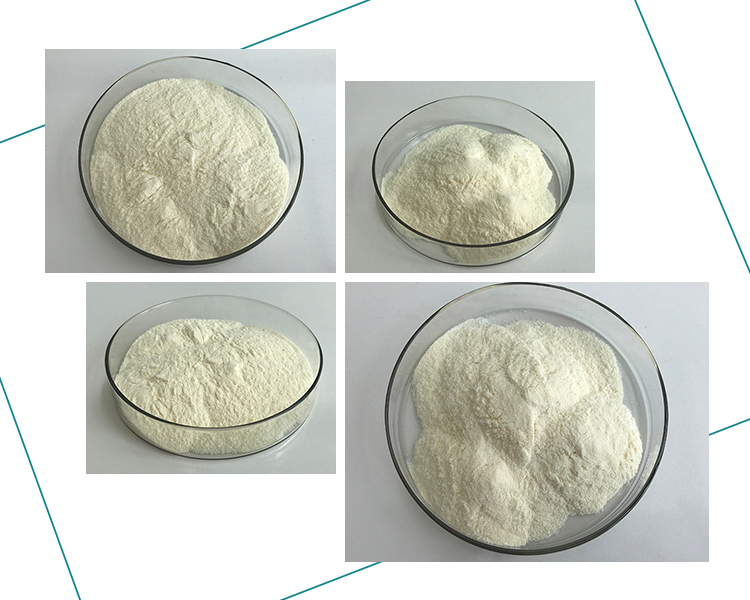Arachidonic acid (AA) is a polyunsaturated fatty acid that plays a crucial role in various biological processes, particularly in inflammation, cell signaling, and the regulation of physiological functions. Here’s an overview of its biological action and metabolism:
Biological Actions of Arachidonic Acid
1.Inflammatory Response:
- Arachidonic acid is a key precursor for the synthesis of eicosanoids, which are signaling molecules that mediate inflammation and immune responses. Eicosanoids include prostaglandins, thromboxanes, and leukotrienes.
- Prostaglandins can promote vasodilation and increase blood flow, while thromboxanes are involved in platelet aggregation.
2.Cell Signaling:
- Arachidonic acid acts as a second messenger in various signaling pathways. It can modulate the activity of ion channels and other receptors, influencing cellular responses to stimuli.
3.Neurotransmission:
- In the central nervous system, Arachidonic acid and its metabolites can influence neurotransmitter release and neuronal excitability, impacting pain perception and mood regulation.

4.Cardiovascular Health:
- The balance between different eicosanoids derived from Arachidonic acid is crucial for cardiovascular health, as they can affect blood pressure, clot formation, and vascular tone.
5.Cell Membrane Integrity:
- Arachidonic acid is a component of phospholipids in cell membranes, contributing to membrane fluidity and function.
Metabolism of Arachidonic Acid
1.Release from Membrane Phospholipids:
Arachidonic acid is typically esterified in the phospholipid bilayer of cell membranes. It is released by the action of phospholipase A2 in response to various stimuli, including mechanical stress, hormones, or cytokines.
2.Eicosanoid Synthesis:
Once released, Arachidonic acid can be metabolized by various enzymes into eicosanoids:
- Cyclooxygenase (COX): Converts AA into prostaglandins and thromboxanes.
- Lipoxygenase (LOX): Converts AA into leukotrienes and lipoxins.
- Cytochrome P450 enzymes: Produce various hydroxyeicosatetraenoic acids (HETEs) and epoxyeicosatrienoic acids (EETs), which also play roles in inflammation and vascular function.
3.Regulation of Metabolism:
The metabolism of Arachidonic acid is tightly regulated by factors such as substrate availability, enzyme expression, and cellular context. This regulation ensures that the production of eicosanoids is appropriately matched to physiological needs.

Health Implications
- Inflammation and Chronic Diseases: Dysregulation of Arachidonic acid metabolism can contribute to chronic inflammatory conditions (e.g., arthritis, asthma) and cardiovascular diseases.
- Dietary Sources: Arachidonic acid is found in animal products, and its levels can be influenced by dietary intake of omega-6 fatty acids, as these fatty acids can be converted into Arachidonic acid.
Conclusion
Arachidonic acid is a vital fatty acid with significant roles in inflammation, cell signaling, and overall physiological regulation. Its metabolism is complex and essential for maintaining health, and disruptions in its pathways can lead to various diseases. Understanding the biological actions and metabolism of Arachidonic acid is crucial for developing therapeutic strategies targeting inflammatory and chronic diseases.
